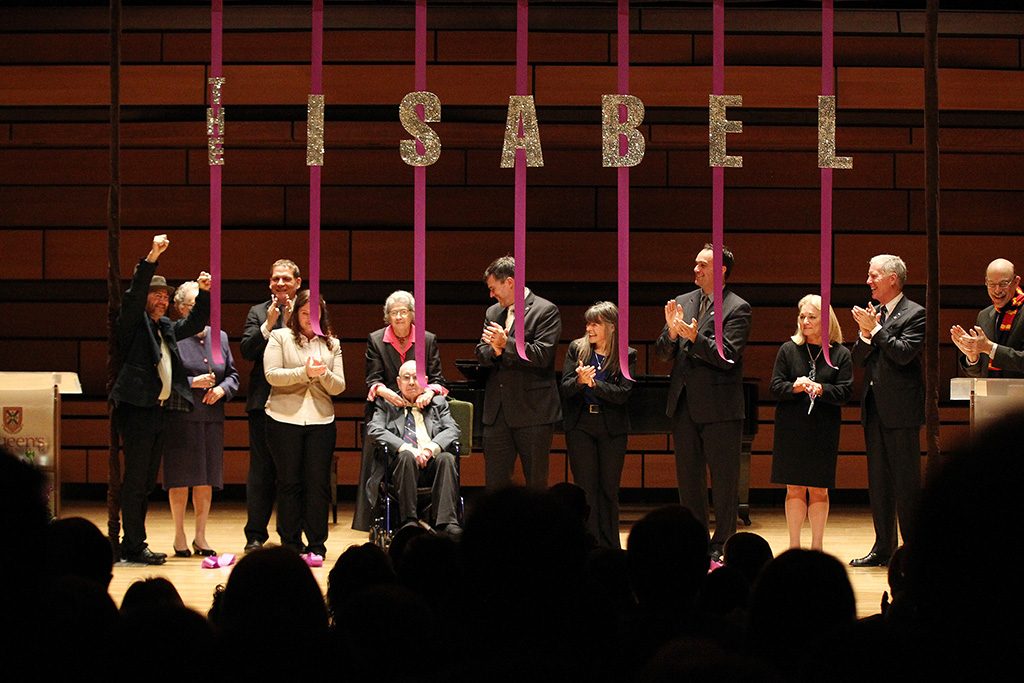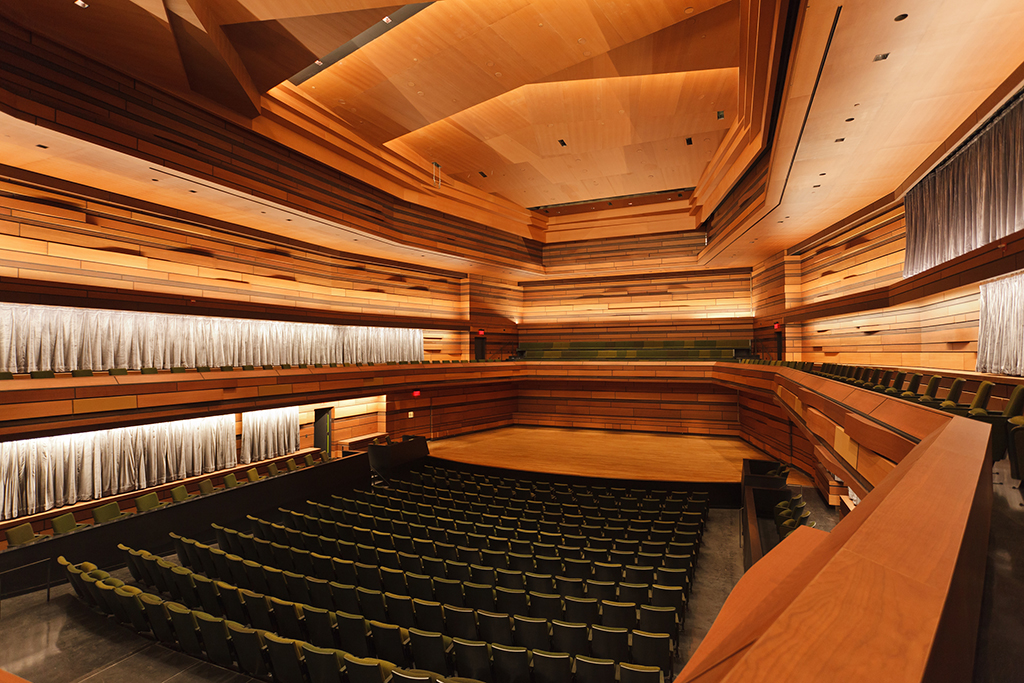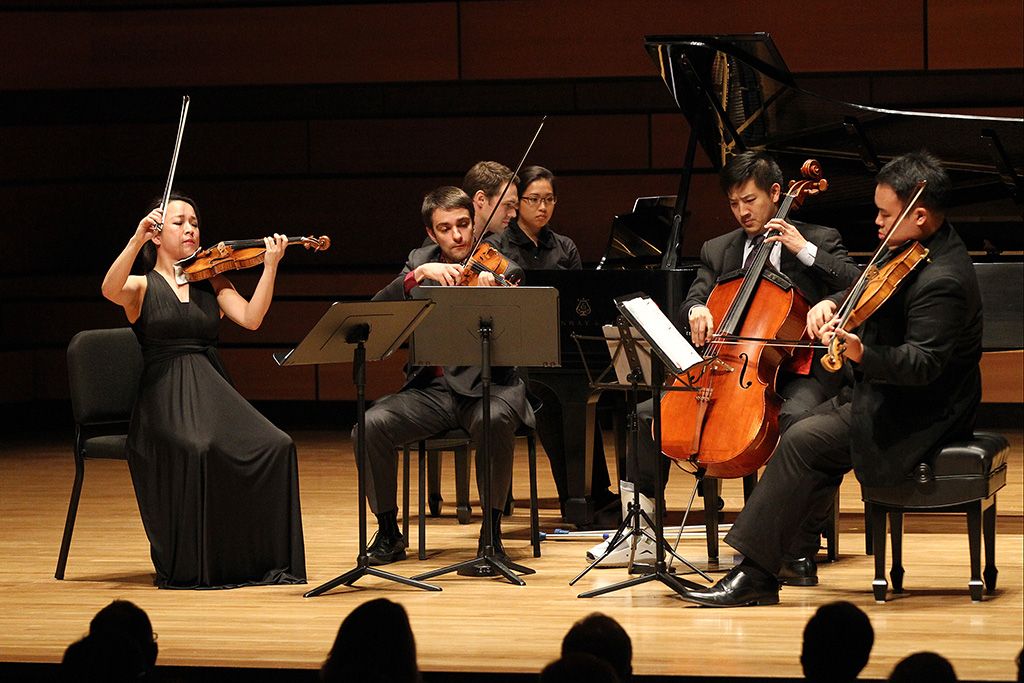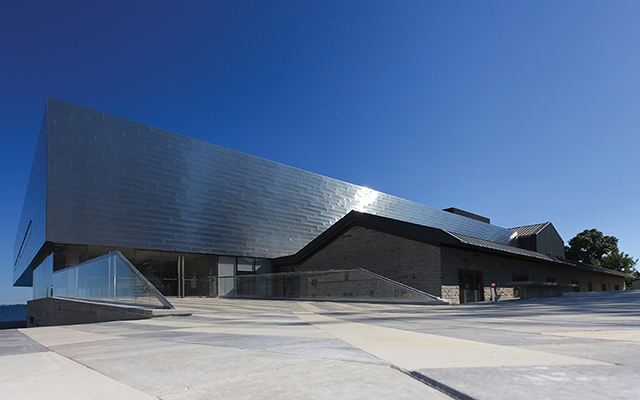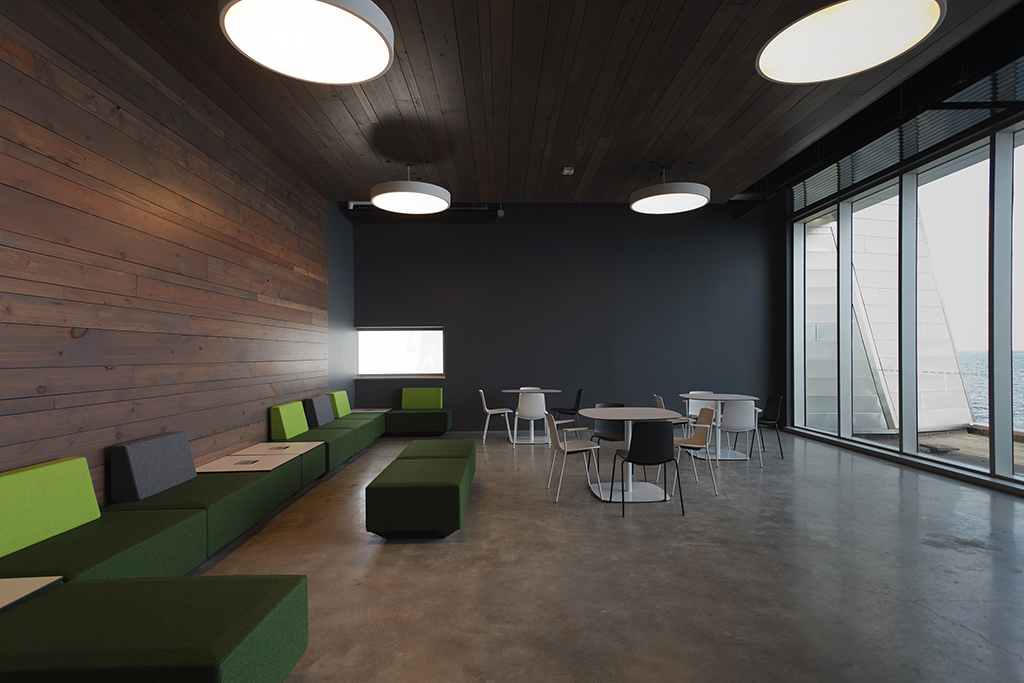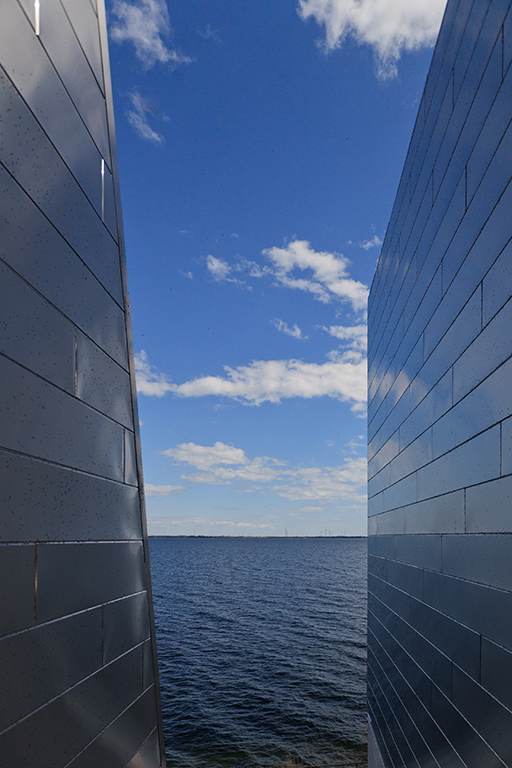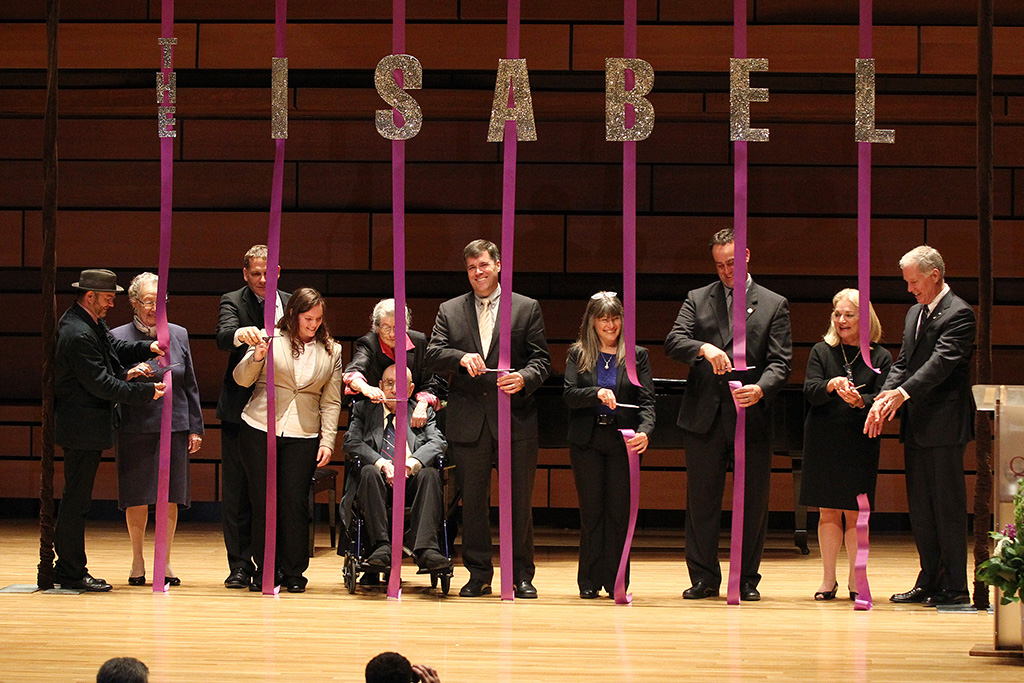- REPORT | Ukrainian Pianist Crowned Winner Of 2022 Honens Competition - October 29, 2022
- REPORT | The 10th Honens International Piano Competition: Finals I - October 28, 2022
- REPORT | The 10th Honens International Piano Competition: Semifinals IX-X - October 25, 2022
I spent most of the ride to Kingston trying to control my blinking. I don’t want to scare people. They already expect weird things from journalists, but I always maintain high standards of appearance and behaviour to correct the stereotype of us as boozing half-starved apes. Unfortunately I had been up until dawn drinking and digging for beetles to eat. And now it was raining. Or I was crying, I’m not sure. Functionally non-human, I hurtled towards Kingston in a grey damp tunnel. It was hopeless—there was nothing to look forward to, the concert was Ravel and Schumann with Dvorak after for those who endured the first half. If I had been able to stand up, I should have thrown myself from the train.
All this matters because I really could not have discovered Kingston’s new concert hall, or the Afiara quartet, in a fouler or less generous mood. Despite this spectacular prejudice, the building and their performance completely charmed me. I don’t know Kingston and I can’t say if they need the hall—The Isabel Bader Centre for the Performing Arts, it is much more than a hall, it is a statement about the arts at Queens University—but I am sure that Canada does. It’s Snøhetta’s first project here, and the Norwegian firm famous for the Oslo Opera have worked with Ottawa-based N45 Architects to produce a serene and unpretentious building; let it be an example to others.
There are no fair comparisons in architecture so let’s call the Isabel the opposite of Montreal’s Maison Symphonique. Montreal’s hall has a terrifying pin-drop acoustic, risky as hell but breathtaking when properly played, and it is best appreciated with closed eyes. The interior is a flashy mess, the lobbies are suicidally dull, and the exterior shames even cheap condo developers. This is because the concert hall ate the building from the inside out, like an alien parasite, in an insane design process. The Isabel, on the other hand, is “the happiest baby we’ve worked on,” says Joe Solway, Arup’s acoustic lead on the project, even though the greatest challenge, according to Snøhetta’s Takeshi Tornier, was “getting a superb acoustic.”
How did they manage it when the acoustics-design-budget triangle can so easily produce a turd on a plaza? Without knowing the details of the procurement process, we must work backwards from statements like: “People got along more than any other project,” by Arup engineer Dave Rife. N45’s Gary Wentzell came in for particular praise as a manager.
Happy parents make happy babies. The hall is compact and friendly, with an illusion of continuous surface from floor to ceiling that can make it seem larger or smaller than it really is. There are hardly any visible lights; just a whiskey-coloured wood cocoon as unassuming as our mythical national identity.
Walking through the building you sense a logical language that is consistent and expressive, from the main hall to the rehearsal rooms and studios, which each have a slightly different character. The main rehearsal room is a forest of pencil-thin white oak with a staggering view of the lake. It reminds me of the Gulbenkian in Lisbon. The movie theatre is a workaday black box. The lobby appears to drop into the lake.
The upper part of the Isabel is covered in shining steel panels with a bit of warp to catch the light, and local limestone below. This contrasts with the darker colours of the 19th-century stone stables and warehouse that the new complex had to incorporate, and it plays against the reflections and textures of the lake. Budget and design limitations become strengths of the design: interior concrete is unfinished but pleasantly honest; ruined wood from the stables was re-milled and used in the new building’s interiors; and the second story added to the stone building simply fills in that rectangle with a contrasting dark wood, while its new windows and doors repeat the dimensions of the historic structure.
By the time the tour was over, the feral confusion of the train ride had been replaced by a nacent fondness for the building, so I prepared for Ravel’s Le tombeau de Couperin as one approaches a grim but necessary procedure, like a root canal or a colonoscopy (which they roofie you for—hey, artistic directors: does classical music sufficiently leverage its pharmaceutical relationships?)
I appreciated hearing the room respond to solo piano before an ensemble, and I hope to one day appreciate pianist Maxim Bernard—with some other repertoire, I think—but music as reptilian as Tombeau requires another kind of talent to pull off. What I heard was grit in the lubricating fluid, tentativeness and carelessness. He’d warmed slightly by the Menuet but it never became edible, and the virtuosic Toccata was a pitter-patter slog like mice through half-frozen mud.
Speaking of winter, the architect remarked that they had photos for us but would return to take more. “I hope the lake will be frozen,” he added smiling. That’s when I realized that I’ve never heard a Canadian architect speak appreciatively of the season. We need to stop pretending that winter doesn’t happen and start designing for it to be beautiful.
Next was the outrageously-pedigreed music fellowship collectors Afiara Quartet to play Schumann’s first quartet. I am not usually a fan of the moping German, but Afiara’s interpretation was a revelation. They can play with cephalopodan awareness and unity, four parts of one instrument, and the room swelled open in response to their careful shapes. I’d been underwhelmed by the piano, which I heard from the orchestra wing—in a comfortable but frustratingly bolted-down seat, the compromise to eliminate handrails—but now, seated in the centre I found a livelier and larger sound. Koerner Hall is warmer, but the Isabel is remarkably transparent.
The early movements were the best. The Andate coiled, gathered, and struck repeatedly before the rhythm quickened to the unhealthy pulse of the Allegro, steered by their remarkably compelling cellist. They all performed with wonderful sensitivity, but this is a group with an outstanding low end; the viola has tone like a toasted caramel. Amazing. Only the finale came out predictable, it sounds like something Schubert discarded.
Bernard returned for Dvorak’s Second Piano Quintet. Though they’d played it the night before, their performance had a mysterious instability—or it sounded like that after the outstanding unity of the quartet. It felt like an intrusion, and immediately there was lake water chopping at our ears. The string attack loosened, went limp, and eventually rallied. They pulled it off in the end, more or less, with the viola wonderful again, this time in the Dumka, but the Scherzo was more sporting than furiant. I will look for them as a quartet, alone.
So the Isabel demands a visit. Apparently the Kingston Symphony will cram itself in there soon. It’s hard to imagine, but they’ve rehearsed and tell me that it sounded fine (the hall does have hidden drapes to dampen the sound.) But if you’re not feeling so adventurous, the New Orford String Quartet on November 4 is an easy bet.
Lev Bratishenko (@yeslev)
+++
Lev Bratishenko’s work has appeared in Abitare, Canadian Architect, Cabinet, CBC Music, Gizmodo, Icon, Maclean’s, Mark, Triple Canopy, Uncube, and others. He covers classical music for the Montreal Gazette and he was the first Canadian to receive a USC/Getty Arts Journalism Fellowship, in 2013. In 2010 he curated “The object is not online” at the Canadian Centre for Architecture. He lives in Montreal and at www.yesyesyes.ca
- REPORT | Ukrainian Pianist Crowned Winner Of 2022 Honens Competition - October 29, 2022
- REPORT | The 10th Honens International Piano Competition: Finals I - October 28, 2022
- REPORT | The 10th Honens International Piano Competition: Semifinals IX-X - October 25, 2022

